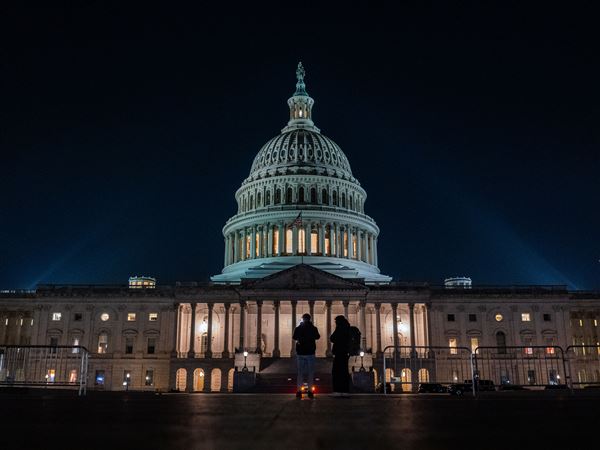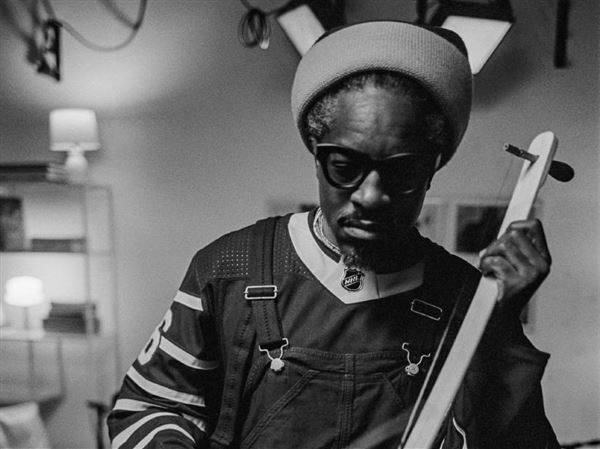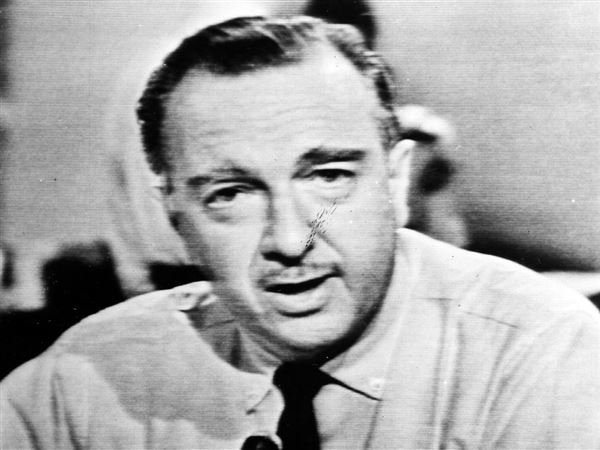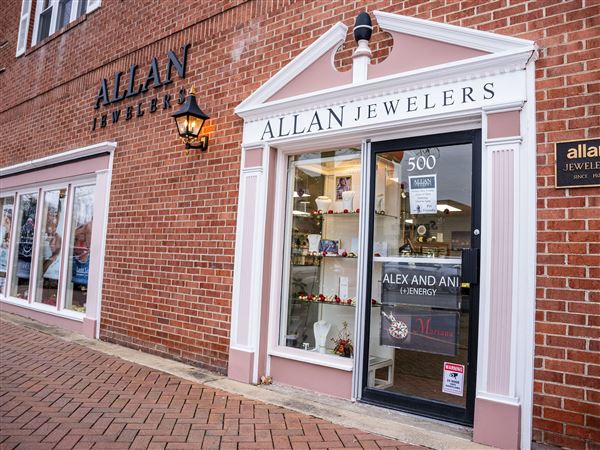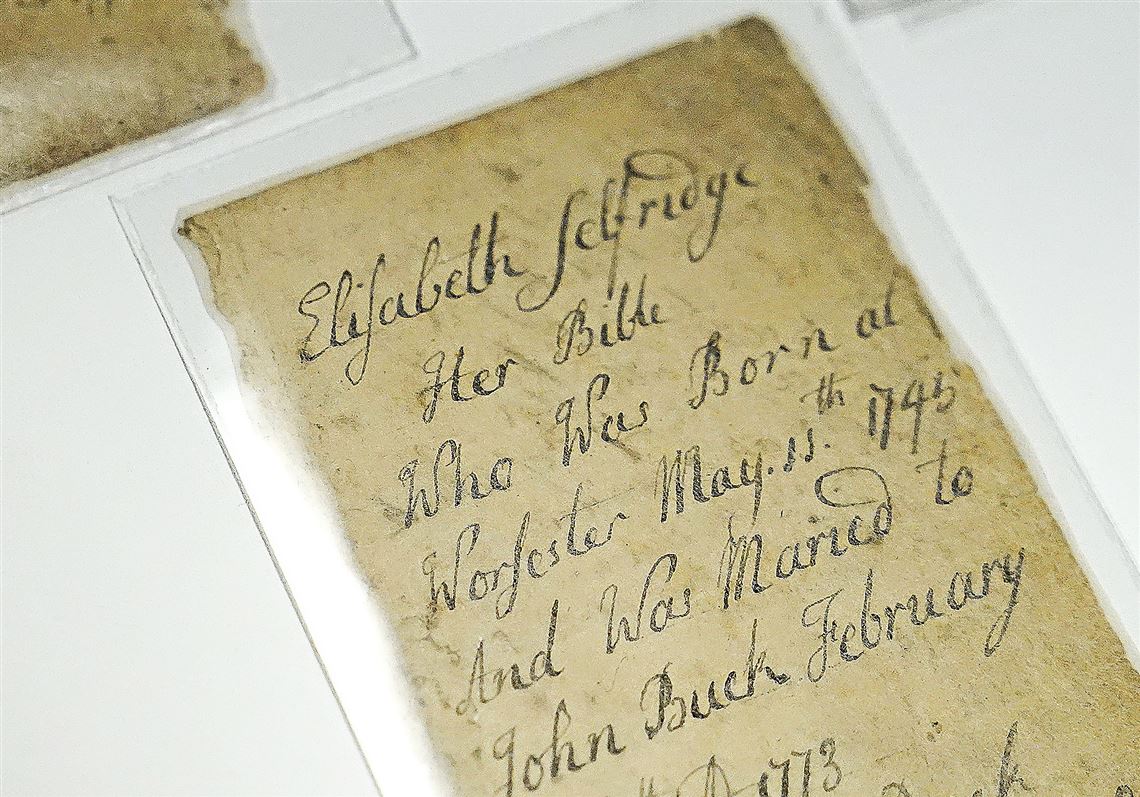MINNEAPOLIS — The Bible was stained and worn, with missing pages and detached covers and an exposed spine.
Phil Handy had found it in his aunt’s Florida attic, wrapped in thin brown paper. The book was unassuming, the size of a fat brick. But for years, Mr. Handy had heard rumors of a family Bible dating back to the Revolutionary War and containing handwritten genealogy information, including dates of birth.
“The thought immediately flashed — could this be it?” he said.
Gingerly, he opened it to find handwriting. It was faded, but it was there.
Mr. Handy, 76, brought the Bible home to Minnesota and began searching for a book conservator. A call led to an email led to a studio in a garage loft in Stillwater, Minn., home to Valkyrie Conservation. In May, months after dropping off the book with conservator Bailey Kinsky, he returned to see the pages he was once too scared to turn.
“It’s like Christmas morning,” he said, stepping toward her work table, a folder tucked under his arm.
She set before him a small box. He took a deep breath.
Ms. Kinsky, 33, is among a new generation of book conservators, a profession steeped in art and science. They are patient, persnickety. More and more, they’re fielding calls about family Bibles. But this one, from 1767, is rare. Since Ms. Kinsky launched her business in 2019, it’s the oldest book she’s taken in.
“The clients that I work with have family heirlooms that usually go back 100 to 150 years — not 300 or 400 years,” she said. “It’s special to have something that’s been in someone’s family for that long.”
Most family Bibles she sees were mass-produced, highly decorated and 6 inches thick. In contrast, Mr. Handy’s book was hand-sewn, simple and small enough to be slipped into a pocket or a saddlebag.
An amateur genealogist, he cared less about preserving the Book of Psalms — which had been removed and restitched, maybe more than once — than the family history — the first of it penned by his great-great-great-great-grandmother.
“This is the oldest artifact my family has in its possession,” he said.
He remembers the bicentennial of the Declaration of Independence back in 1976. Maybe if he took action, he thought, his 10-year-old grandson could celebrate the tricentennial, this Bible in hand.
Mixture of art and science
Births, deaths, marriages. When people call Patrick Coleman, the acquisitions librarian at the Minnesota Historical Society, offering him their family Bibles, he asks them instead to photocopy those pages.
“I’ll keep that in a file, but I don’t want the damn book,” he said. “They take up too much room, and we already know what they say.”
But on occasion, the Historical Society will accept or bid on a Bible because of its significance. One belonging to Jane Grey Swisshelm, a 19th century journalist, publisher and abolitionist, “had these wonderful big paragraphs that she X’ed out, ... anything about women submitting to men,” Mr. Coleman said. “That says something important about the owner.”
The Historical Society has in-house conservators. But when he needs one of his own books restored, he looks to a short list of private book conservators who treat, mend and bind in their basements, offices and garage lofts.
These are no damp, dusty basements. They’re climate-controlled laboratories.
The first floor of Ms. Kinsky’s garage is lined with typical car and yard gear. But a staircase in the back leads to a bright space with a 5- by 5-foot work table in its center — a stately old stamping machine, gold leaf in a glass jar, cast-iron book presses so heavy she worried about the floor falling through.
Much of her equipment is more than a century old, gifted by book binders happy to see another generation taking on the craft. Her husband and father-in-law renovated the space, knocking down some walls and insulating others.
Ms. Kinsky had long dreamed of having a solo practice. A decade ago, after earning a bachelor’s degree in art history, she met and studied with a book binder in Tucson, Ariz., inspiring her to earn a master’s degree in art conservation from SUNY Buffalo State College.
“The mixture of art and science that conservation provides just clicked for me,” she said. She loved another duality, too: “Books can be beautiful, but they also have to function.”
She did contract work with the Minnesota Historical Society but lost that job amid the pandemic — a welcome push to focus on her solo practice. The book conservation world is “very niche,” she said. So far, all her work has come via word of mouth. Conservators refer projects to one another, knowing their specialties.
Historical significance
Some conservators focus on objects, some paintings. Then there are book binders, including the venerable Campbell-Logan Bindery, now in Fridley, Minn.
But book conservators are more concerned with “the chemistry of the paper, the nature of the materials,” said Sherelyn Ogden, an author, book conservator and expert in the field. They take pleasure in the process, which can be long and costly.
“I like taking something that’s old and repairing it, fixing it, bringing it back to life,” Ms. Ogden said.
While working at the Northeast Document Conservation Center in Massachusetts decades ago, she got a tricky assignment: treating a series of telegrams communicating stays of execution, signed by President Abraham Lincoln. Tape covered some of his signatures. So she had to remove the tape without affecting the signature.
“There was an aura about the telegrams,” she said. Working on historical artifacts, she often senses the presence of the people who created or signed or handled the documents.
‘The line continues’
Ms. Kinsky documents each step: First, she sloughed off the little bit of leather that remained on the Bible’s spine. She snipped apart the binding, section by section. She washed pages, bathed them in a treatment to neutralize acid, then let them dry. Dry too quickly, and they might warp; too slowly, and they might mold.
The pages of genealogy were too small and too precious to rebind, so she removed them and bound photocopied, sepia-dyed versions in their place. She encased the originals in clear Mylar, housing them in a separate box. She sewed the Bible back together, covered the book in calfskin and, with tiny tools, added several simple lines of gold foil.
The project cost about $650. “A steal,” Mr. Handy said.
Last month, Ms. Kinsky removed the Bible from its box and placed it in Mr. Handy’s hands. He turned it over once, twice, admiring the supple calfskin, the glinting gold.
“Wow,” he said.
Then he turned to the handwritten, now photocopied pages capturing his family’s history, reading them as if for the first time. “That came off pretty good, didn’t it?” He paged through the front, then the back, holding the book close, then far, then close again.
“It’s gratifying,” he said. “It’s been around for 250 years, and unless we had done something, it wouldn’t have been around for another 50.”
Ms. Kinsky nodded: “The line continues.”
First Published: July 25, 2021, 9:30 a.m.


